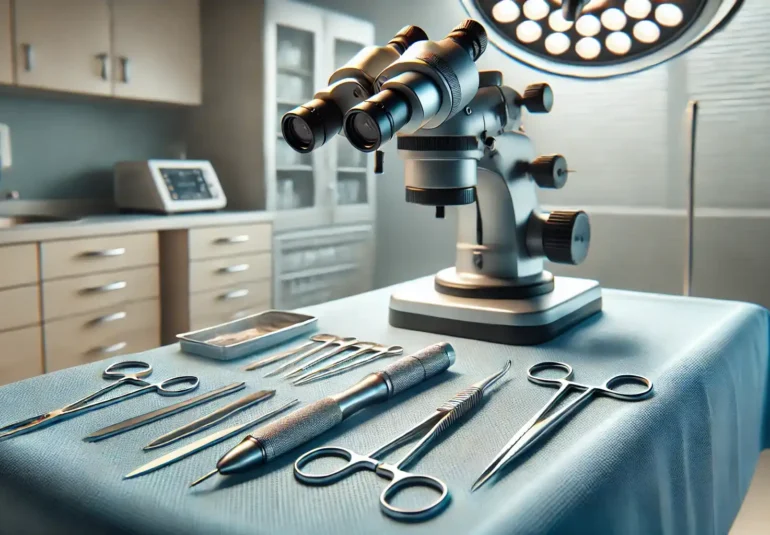
- Symptoms and Diagnosis
-
by James
Hemorrhoids, often referred to as piles, are swollen veins located in the lower rectum and anus. They are a common condition that can cause significant discomfort and impact the quality of life. Understanding hemorrhoids requires a basic grasp of their anatomy: these veins act as cushions to aid in stool control. However, when these veins become enlarged or inflamed, they can result in problematic hemorrhoids.
The causes of hemorrhoids are varied and often multifactorial. Common risk factors include chronic constipation, prolonged straining during bowel movements, a low-fiber diet, and prolonged sitting. Pregnancy is another significant risk factor due to increased pressure on the pelvic veins. Age also plays a role, as tissues supporting the veins in the rectum and anus can weaken with age.
Recognizing the symptoms of hemorrhoids is crucial for timely and effective treatment. Here are some common signs and symptoms:
- Rectal Bleeding: One of the most common signs is bright red blood on toilet paper or in the stool. This bleeding can be alarming but is usually not severe.
- Itching and Irritation: Hemorrhoids can cause itching around the anus, which can be quite uncomfortable and persistent.
- Pain and Discomfort: Pain during bowel movements is a typical symptom, especially if the hemorrhoids are thrombosed (contain blood clots).
- Swelling Around the Anus: This can occur with external hemorrhoids and can be felt as a lump around the anus.
- Prolapse: In more severe cases, hemorrhoids may protrude outside the anus. This can cause additional discomfort and may need to be manually pushed back in.
- Mucus Discharge: Some individuals may notice mucus discharge, which can lead to skin irritation.
Prevention and management of hemorrhoids focus on reducing the factors that cause strain on the anal veins. Here are some strategies:
- Dietary Changes: Increasing fiber intake through fruits, vegetables, and whole grains helps soften stools and reduce straining. Drinking plenty of water is also crucial.
- Exercise: Regular physical activity helps maintain bowel regularity and reduces pressure on veins.
- Avoiding Strain: Avoid prolonged sitting and straining during bowel movements. Respond to the urge to defecate promptly to avoid constipation.
- Proper Hygiene: Keeping the anal area clean can prevent irritation. Using moist wipes instead of dry toilet paper can be gentler on the skin.
- Over-the-Counter Treatments: Topical creams, ointments, and suppositories can provide temporary relief from itching and discomfort.
While many hemorrhoids can be managed with lifestyle changes and over-the-counter treatments, some cases require medical intervention. Seek medical attention if:
- You experience severe pain or heavy bleeding.
- Hemorrhoid symptoms persist despite home treatment.
- There is a noticeable change in bowel habits or stool color.
- You develop signs of infection, such as fever or chills.
Hemorrhoids are a common yet often misunderstood condition. Understanding their causes, symptoms, and preventive measures can aid in early diagnosis and effective management, reducing discomfort and improving quality of life. If you suspect you have hemorrhoids or experience severe symptoms, consult a healthcare professional for a comprehensive evaluation and appropriate treatment.
Remember, while hemorrhoids can be uncomfortable, effective treatments are available, and many lifestyle changes can significantly improve symptoms. Don’t hesitate to seek help and take proactive steps toward better health.
Want to learn more about the various grades of hemorrhoids? Take a look at our article written about the 4 grades of hemorrhoids.

